Home>Articles>How To Stop Water From Coming Up Through The Basement Floor
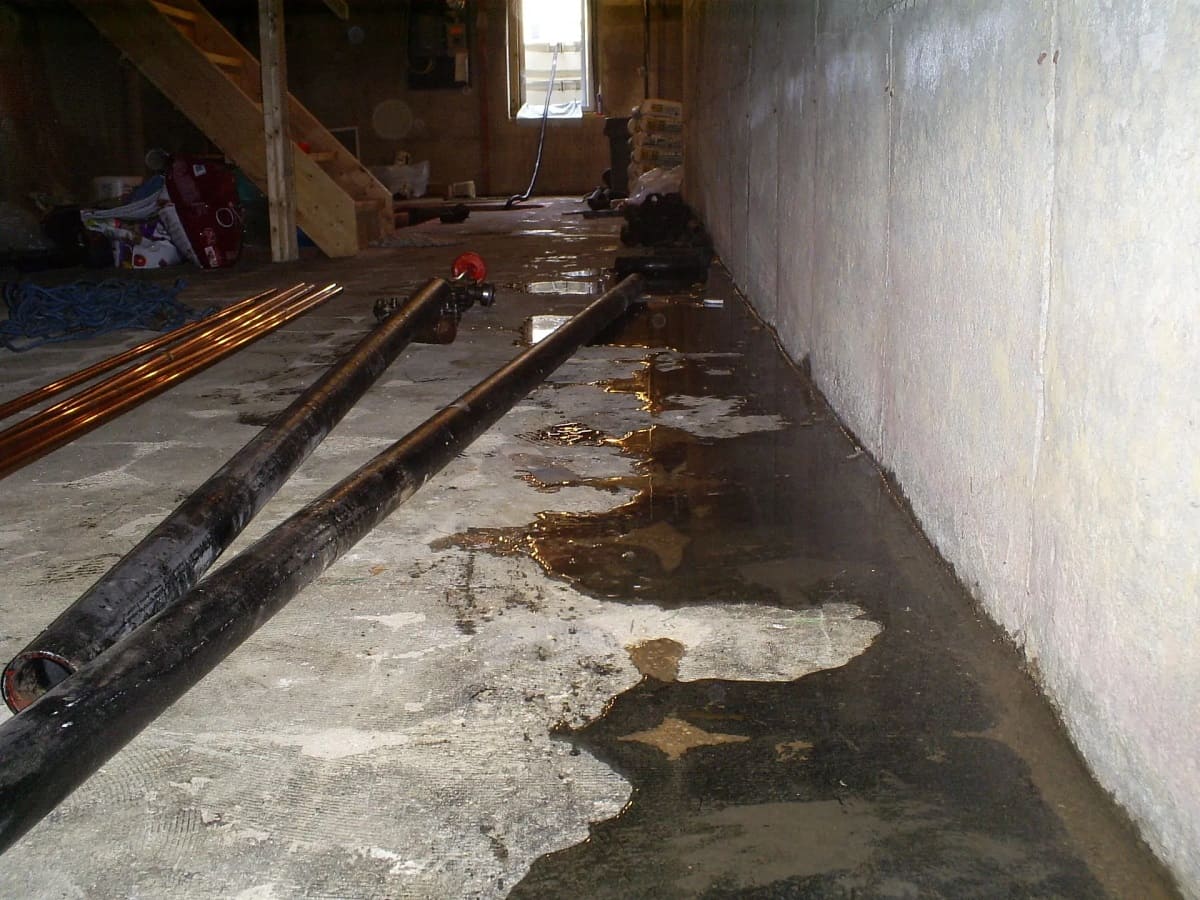

Articles
How To Stop Water From Coming Up Through The Basement Floor
Modified: February 24, 2024
Discover effective methods to prevent water from seeping up through your basement floor. Read our informative articles and say goodbye to basement flooding for good.
(Many of the links in this article redirect to a specific reviewed product. Your purchase of these products through affiliate links helps to generate commission for Storables.com, at no extra cost. Learn more)
Introduction
Welcome to our comprehensive guide on how to stop water from coming up through the basement floor. Dealing with water seepage in the basement can be a frustrating and costly problem for homeowners. Not only can it cause damage to the foundation and belongings, but it can also create a damp and unhealthy environment. Understanding the causes of water seepage and exploring effective waterproofing solutions is crucial to prevent further damage and create a dry and livable space.
In this article, we will delve into the common causes of water coming up through the basement floor and discuss various methods to address and prevent this issue. Whether you are experiencing occasional moisture or more severe water seepage, we’ve got you covered. By following the tips and techniques outlined here, you can take proactive measures to protect your basement and ensure a dry and secure environment for years to come.
Key Takeaways:
- Understanding the common causes of water seepage in the basement, such as high water tables, cracks in the foundation, and poor drainage, is crucial for implementing effective waterproofing solutions and preventing further damage.
- Assessing the severity of water seepage, preparing the basement for waterproofing, and considering a combination of exterior and interior waterproofing methods can provide comprehensive protection against water intrusion and create a dry, secure, and healthy basement environment.
Understanding the Issue: Water Seepage in the Basement
Water seepage in the basement is a common problem that many homeowners face. It occurs when water penetrates through the foundation and rises up through the basement floor. This can lead to a range of issues, including dampness, mold growth, structural damage, and musty odors.
There are several factors that contribute to water seepage in the basement. One of the main causes is hydrostatic pressure, which occurs when the soil surrounding the foundation becomes saturated with water. As the water pressure increases, it can force its way through any cracks or gaps in the foundation and enter the basement.
Another common cause of water seepage is poor drainage around the house. If the gutters and downspouts are not properly directing water away from the foundation, it can accumulate around the basement walls and seep into the floor. Additionally, if the grading around the house is sloping towards the foundation rather than away from it, water can pool and find its way into the basement.
In some cases, plumbing issues can also lead to water seepage in the basement. Leaky pipes or faulty plumbing fixtures can contribute to excess moisture in the basement, creating a conducive environment for water seepage.
Understanding the underlying causes of water seepage is crucial in developing effective strategies to address the issue. By identifying the source of the problem, you can implement the appropriate waterproofing methods to prevent further damage and protect your basement.
Common Causes of Water Coming Up Through the Basement Floor
Water coming up through the basement floor can be a distressing situation for homeowners. It is essential to identify the common causes of this issue to properly address and prevent further water seepage. Here are some of the most prevalent causes:
- High Water Table: A high water table is the level at which the groundwater sits beneath the surface. When the water table rises, it can exert pressure on the foundation and force water up through cracks in the basement floor.
- Cracks and Gaps in the Foundation: Over time, foundations may develop cracks or gaps due to settlement or natural wear and tear. These openings provide an easy pathway for water to enter the basement.
- Poor Exterior Drainage: If the grading around the house is sloping towards the foundation or the gutters and downspouts are not effectively directing water away from the house, excessive moisture can accumulate around the basement walls and seep into the floor.
- Hydrostatic Pressure: Hydrostatic pressure occurs when the soil surrounding the foundation becomes saturated with water. The pressure from this water can push through the basement floor and walls, leading to water seepage.
- Inadequate Waterproofing: If the basement is not adequately waterproofed, it is more susceptible to water seepage. This includes the absence of proper sealants, coatings, and drainage systems to prevent water intrusion.
- Plumbing Issues: Leaky pipes or faulty plumbing fixtures in the basement can contribute to excess moisture. This moisture can lead to water seepage through the basement floor.
It is important to note that sometimes multiple causes may be contributing to water seepage in the basement. Conducting a thorough inspection and assessment of your basement can help pinpoint the specific causes and guide your waterproofing efforts.
Assessing the Severity of Water Seepage
When dealing with water seepage in the basement, it’s crucial to assess the severity of the issue to determine the appropriate course of action. Here are some steps to help you gauge the severity of water seepage:
- Observe the Frequency and Amount of Water: Take note of how often water seepage occurs and the volume of water that enters the basement. Is it a minor trickle or a significant flow? This will give you an idea of how severe the problem is and help prioritize the necessary interventions.
- Check for Mold and Mildew: Inspect the basement for signs of mold and mildew growth. Moisture and water seepage create a conducive environment for mold, which can further exacerbate the issue and pose health risks.
- Inspect for Cracks and Gaps: Examine the basement floor and walls for visible cracks and gaps. Measure their length and width to determine their severity. Larger cracks may indicate a more significant structural issue.
- Monitor Dampness and Humidity: Use a moisture meter or hygrometer to measure the moisture levels in the basement. Excessive dampness and high humidity can be indicators of ongoing water seepage.
- Assess Odor: Pay attention to any musty or moldy odors in the basement. These odors can indicate the presence of mold and dampness caused by water seepage.
Based on your assessment, you can categorize the water seepage as mild, moderate, or severe. Mild seepage may occur infrequently with minimal amounts of water, while severe seepage involves constant and significant water infiltration.
It’s important to note that even if the water seepage appears minor, it shouldn’t be ignored. Over time, even small amounts of water can lead to significant damage and compromise the integrity of your basement. Therefore, it’s advisable to address the issue as soon as possible, regardless of its severity.
By accurately assessing the severity of water seepage, you’ll be able to determine the appropriate waterproofing methods and take the necessary steps to protect your basement from further damage.
Preparing for Waterproofing: Clearing and Cleaning the Basement
Before you begin the waterproofing process to stop water from coming up through the basement floor, it’s essential to properly prepare the space. Clearing and cleaning the basement will ensure a thorough and effective waterproofing procedure. Follow these steps to prepare your basement:
- Remove Belongings: Start by removing all furniture, storage items, and appliances from the basement. This will not only provide you with a clear workspace but also protect your belongings from potential damage during the waterproofing process.
- Inspect and Repair Cracks: Carefully examine the basement floor and walls for any visible cracks or gaps. Use a wire brush or chisel to clean out any debris or loose material from the cracks. Then, fill the cracks with an appropriate hydraulic cement or epoxy-based sealant to ensure a watertight seal.
- Clean the Basement: Thoroughly clean the basement floor and walls to remove any dirt, dust, and mildew. Use a stiff brush or broom to scrub the surfaces, and consider using a mild detergent or a specialized basement cleaner to tackle stubborn stains or mold. Rinse the area with clean water and allow it to dry completely.
- Address Existing Moisture Issues: If there are signs of moisture or mold in the basement, take steps to address these issues before proceeding with waterproofing. Use dehumidifiers or fans to reduce the humidity levels, and consider applying a mold inhibitor or mildewcide to prevent the growth of mold during the waterproofing process.
- Secure Valuables: If you have any items that cannot be easily removed from the basement or are sensitive to moisture, such as important documents or electronics, make sure to securely store them in waterproof containers or elevate them off the floor.
By dedicating time to clear and clean your basement, you are laying the foundation for a successful waterproofing project. This preparation will ensure that the waterproofing materials adhere properly to the surfaces and enhance the effectiveness of the overall process.
Remember, if you are unsure of how to perform any of the preparation steps or if you encounter significant structural issues during your inspection, it is recommended to consult with a professional waterproofing contractor who can provide expert guidance and assistance.
Ensure proper grading around the foundation to direct water away from the house. Install a sump pump and waterproof the basement floor and walls to prevent water seepage.
Option 1: Exterior Waterproofing Methods
Exterior waterproofing methods are highly effective in preventing water from seeping up through the basement floor. These methods involve sealing the foundation walls and implementing drainage systems to redirect water away from the basement. Here are some commonly used exterior waterproofing techniques:
- Foundation Excavation: This method involves excavating the soil around the foundation to expose the walls. Once exposed, the walls are thoroughly cleaned and inspected for any cracks or damage. Any existing cracks are repaired, and a waterproof membrane or coating is applied to the exterior walls, creating a barrier against water intrusion.
- French Drain System: A French drain is typically installed around the perimeter of the foundation to collect and redirect groundwater. This drainage system consists of a trench filled with gravel and perforated pipe. The pipe collects water and redirects it away from the foundation, keeping the basement dry.
- Sump Pump Installation: A sump pump is a vital component of exterior waterproofing systems. It is installed in a pit within the basement floor and works by collecting water and pumping it away from the foundation. Sump pumps can be equipped with battery backups to ensure they continue to function during power outages.
- Waterproof Membrane: Applying a waterproof membrane or coating to the exterior walls of the foundation provides an additional layer of protection. These membranes create a barrier that prevents water from penetrating the walls and causing moisture seepage into the basement.
- Landscaping and Grading: Ensure that the landscaping around your home encourages proper water drainage away from the foundation. This involves grading the soil away from the house, installing downspout extensions, and directing water runoff away from the basement area.
It’s important to note that exterior waterproofing is typically more complex and costly than interior methods. However, it offers comprehensive protection and is often recommended for severe water seepage issues or when the structural integrity of the foundation is at risk. Consulting with a professional waterproofing contractor can help determine the most suitable exterior waterproofing method for your specific situation.
Remember that exterior waterproofing requires excavation and significant modifications to the landscape, so it’s crucial to obtain any necessary permits and work with experienced professionals to ensure proper implementation and compliance with local regulations.
Option 2: Interior Waterproofing Methods
If exterior waterproofing is not feasible or necessary for your situation, interior waterproofing methods offer an effective alternative to stop water from coming up through the basement floor. These methods focus on managing water that has already infiltrated the basement. Here are some commonly used interior waterproofing techniques:
- Interior Drainage System: An interior drainage system is often referred to as a “French drain” in the basement. It involves installing a perforated pipe beneath the basement floor, along with a layer of gravel or drainage board, to collect and channel water towards a sump pump. The sump pump then pumps the water out and away from the basement.
- Epoxy or Polyurethane Injection: Cracks in the basement floor can allow water to seep through. Injecting epoxy or polyurethane into these cracks can help seal them and prevent further water infiltration.
- Interior Waterproof Coatings: Applying a waterproof coating to the interior walls and floor can provide an additional barrier against water seepage. These coatings create a waterproof membrane that prevents water from entering the basement.
- Vapor Barrier Installation: A vapor barrier is a plastic or foil sheet that is installed on the basement walls and floor. It acts as a moisture barrier, preventing water vapor from permeating through and causing dampness in the basement.
- Dehumidification: Installing a dehumidifier in the basement helps reduce humidity levels, preventing moisture buildup and potential water seepage. This is especially useful if your basement tends to be consistently damp.
Interior waterproofing methods are generally less invasive and more cost-effective compared to exterior methods. They can be suitable for minor water seepage issues or situations where exterior access is limited. However, it’s important to note that interior waterproofing does not address the root cause of water intrusion, so it may not be as effective in cases of severe water seepage or structural damage.
Consulting with a professional waterproofing contractor is recommended to assess the severity of your water seepage issue and determine the most appropriate interior waterproofing method for your basement. They can provide expert advice and ensure proper installation and maintenance of the chosen interior waterproofing solutions.
Option 3: Combination of Exterior and Interior Waterproofing
In some cases, combining both exterior and interior waterproofing methods can provide the most comprehensive solution to address water seepage in the basement. This approach allows for a multi-layered defense system against water intrusion, maximizing the protection and minimizing the risk of future damage. Here’s how a combination of exterior and interior waterproofing can be implemented:
- Exterior Waterproofing: Start by excavating around the foundation and applying a waterproof membrane or coating to the exterior walls. Repair any cracks or damage in the foundation and ensure proper grading to direct water away from the basement. Install a French drain system around the foundation perimeter to collect and divert groundwater.
- Interior Waterproofing: With the exterior waterproofing in place, proceed with interior waterproofing methods to manage any remaining water infiltration. Install an interior drainage system, such as a French drain, along the perimeter of the basement floor. This will collect water and channel it towards a sump pump for disposal. Apply a waterproof coating to the interior walls and floor to provide an additional barrier against moisture.
- Sump Pump Installation: Ensure that a reliable and properly functioning sump pump is installed in the basement. The sump pump will help evacuate any water that makes its way into the basement, providing an extra layer of protection against water seepage.
- Maintain Proper Grading and Drainage: Regularly monitor and maintain proper landscaping and drainage around the house. Make sure your gutters and downspouts are clean and directing water away from the foundation. Keep the grading sloping away from the house to prevent water from pooling around the basement walls.
Combining exterior and interior waterproofing methods can be particularly effective for addressing severe water seepage issues or when the structural integrity of the foundation is compromised. While this approach may involve more extensive work and investment, it offers the highest level of protection against water infiltration.
Consulting with an experienced waterproofing contractor is highly recommended when opting for a combination of exterior and interior waterproofing. They can assess your specific situation, recommend the most suitable methods, and ensure proper installation and integration of the systems to provide optimal protection for your basement.
Additional Tips for Preventing Water Seepage
Along with implementing waterproofing methods, there are several additional tips you can follow to further prevent water seepage in your basement. These tips can help complement and enhance the effectiveness of your waterproofing efforts. Here are some valuable suggestions:
- Regular Maintenance: Perform regular maintenance checks on your gutters, downspouts, and exterior drainage systems. Clear away any debris, ensure proper flow, and repair any leaks or clogs promptly.
- Divert Water Away: Install downspout extensions to direct water at least six feet away from the foundation. This helps prevent water from pooling around the basement walls and entering the floor.
- Monitor and Control Moisture: Keep humidity levels in your basement under control with the help of dehumidifiers. This helps reduce moisture levels and prevent condensation, which can lead to water seepage and mold growth.
- Address Plumbing Issues: Regularly inspect and fix any plumbing leaks or issues in the basement. Even small leaks can contribute to excess moisture and water seepage.
- Seal Wall Penetrations: Check for any penetrations in the basement walls, such as pipes or electrical conduits, and seal them to prevent water from entering through these openings.
- Properly Insulate Pipes: Insulate exposed pipes in the basement to prevent condensation and potential water damage. This will help reduce the amount of moisture in the air and mitigate the risk of water seepage.
- Landscaping Considerations: When landscaping around your house, ensure that the ground slopes away from the foundation. This helps redirect water away from the basement and minimizes the chances of water seepage.
- Regular Inspections: Conduct periodic inspections of your basement for any signs of water seepage, mold growth, or structural damage. Catching issues early can prevent them from escalating and save you from costly repairs.
By incorporating these additional preventive measures into your routine, you can augment the effectiveness of your waterproofing efforts and minimize the risk of water seepage in your basement. It’s important to stay vigilant and address any potential issues promptly to protect your basement from water damage and maintain a dry and healthy living space.
Conclusion
Dealing with water seepage in the basement can be a challenging and frustrating experience for homeowners. However, by understanding the causes of water coming up through the basement floor and implementing the right waterproofing methods, you can prevent further damage and create a dry and livable space.
In this comprehensive guide, we explored various options for stopping water from seeping up through the basement floor. Exterior waterproofing methods, such as foundation excavation and French drain installation, focus on preventing water intrusion from the outside. Interior waterproofing methods, such as installing interior drainage systems and applying waterproof coatings, help manage water that has already entered the basement. Additionally, a combination of both interior and exterior waterproofing can provide the most comprehensive protection against water seepage.
Alongside waterproofing techniques, we discussed the importance of assessing the severity of water seepage, preparing the basement for waterproofing, and implementing additional preventive measures. Regular maintenance, proper grading, plumbing repairs, and humidity control are essential in complementing the effectiveness of waterproofing methods and reducing the risk of water seepage.
Remember, when it comes to waterproofing your basement, it’s crucial to seek professional guidance and assistance. Consulting with a waterproofing contractor can ensure that the right methods are applied for your specific situation, guaranteeing long-lasting protection for your basement.
By taking proactive measures and investing in proper waterproofing, you can create a dry, secure, and healthy basement environment. Say goodbye to water seepage and enjoy a basement that adds value to your home and provides a comfortable living space for years to come.
Frequently Asked Questions about How To Stop Water From Coming Up Through The Basement Floor
Was this page helpful?
At Storables.com, we guarantee accurate and reliable information. Our content, validated by Expert Board Contributors, is crafted following stringent Editorial Policies. We're committed to providing you with well-researched, expert-backed insights for all your informational needs.
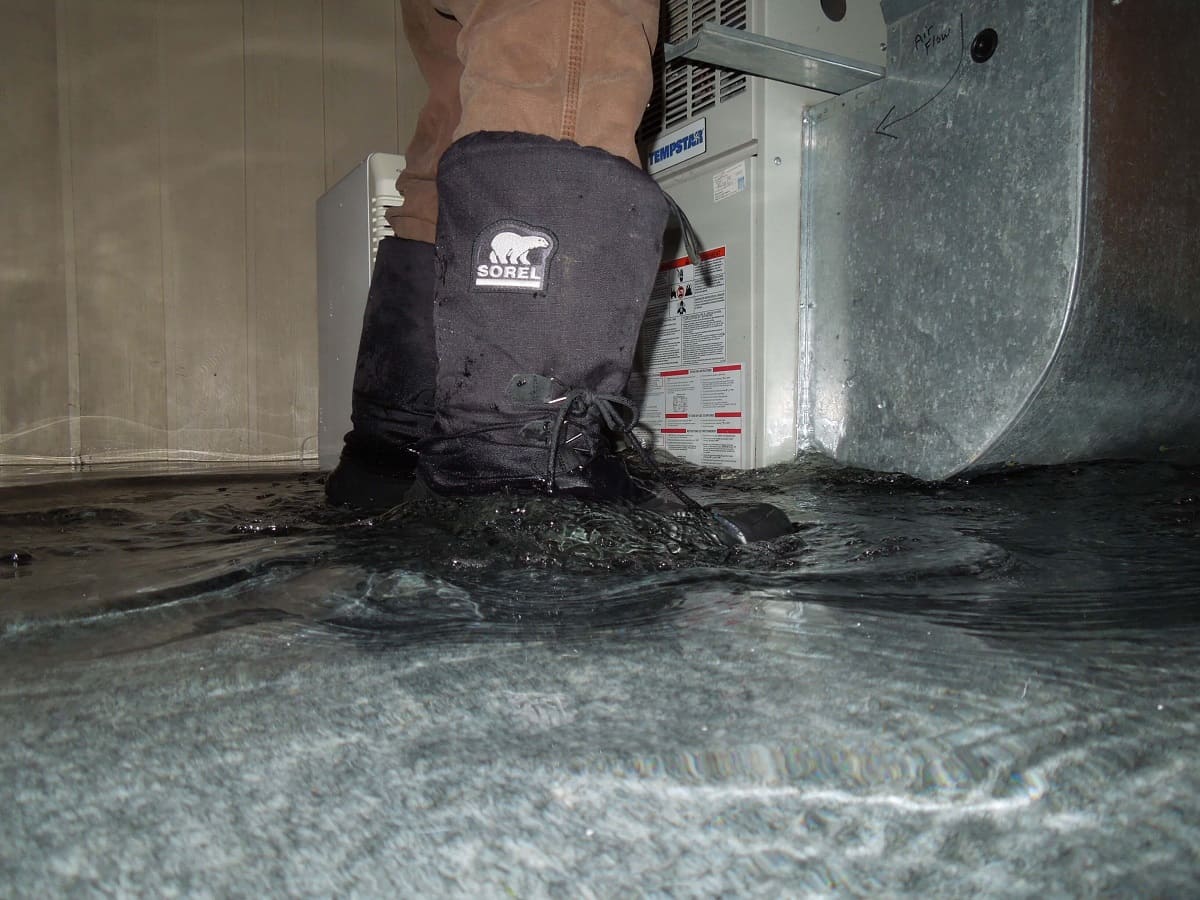

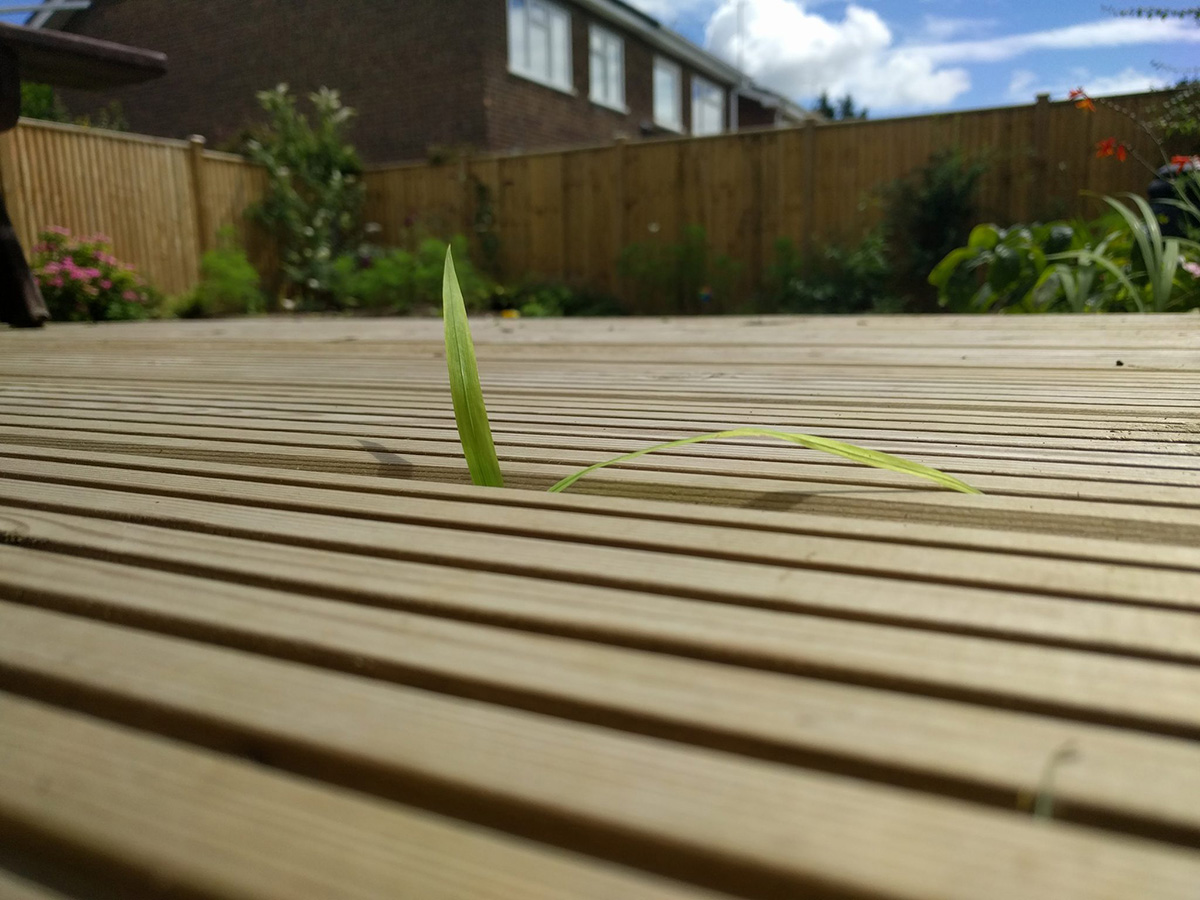
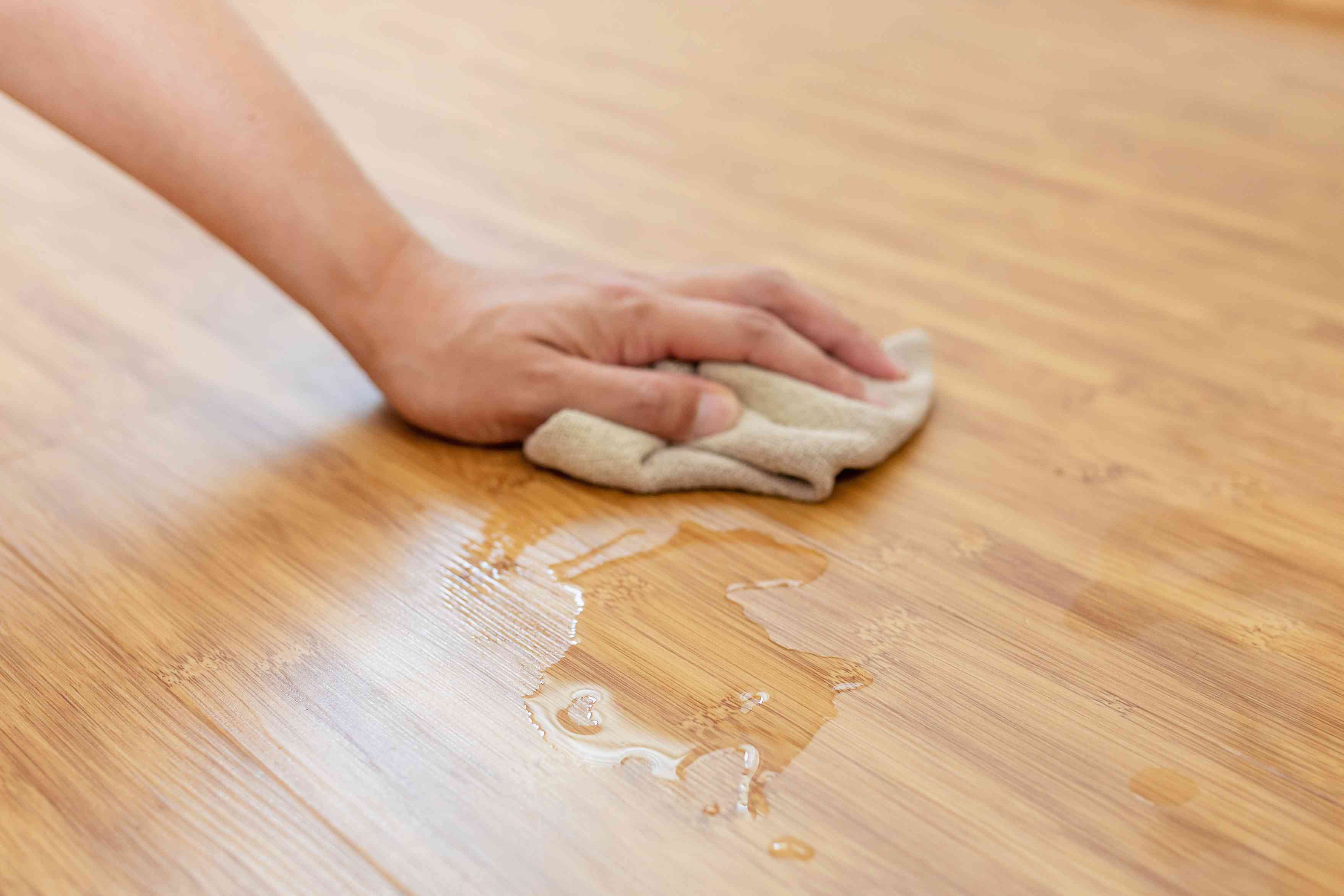
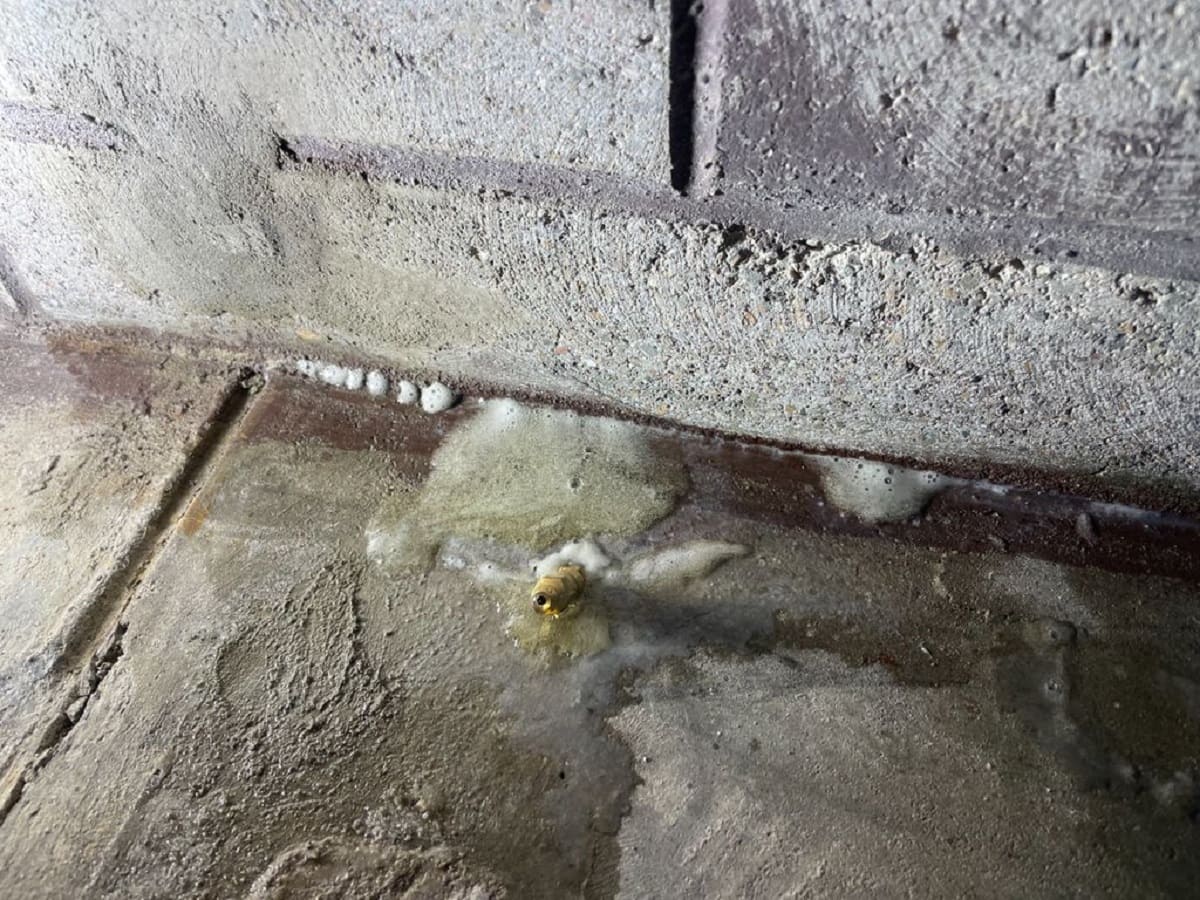
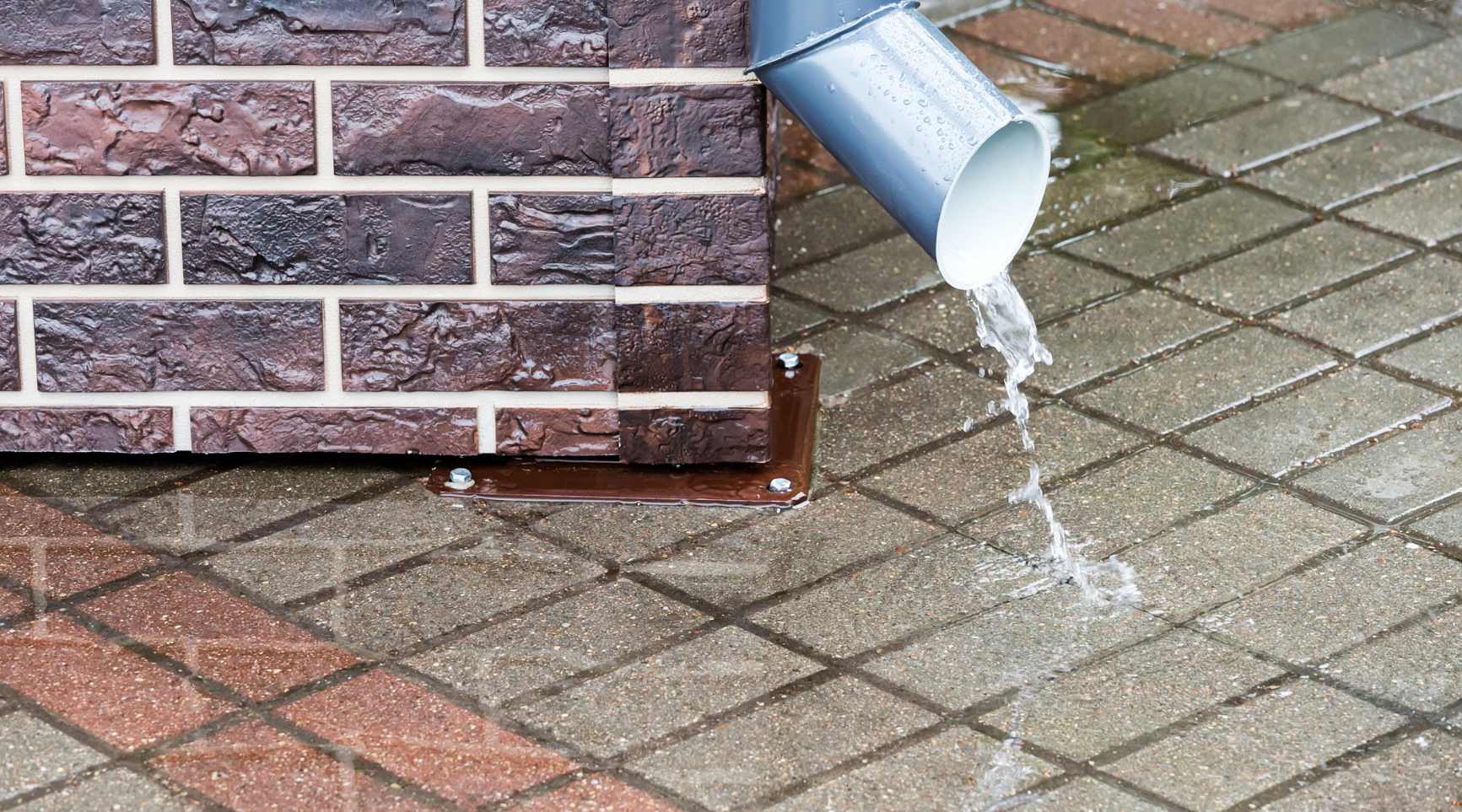
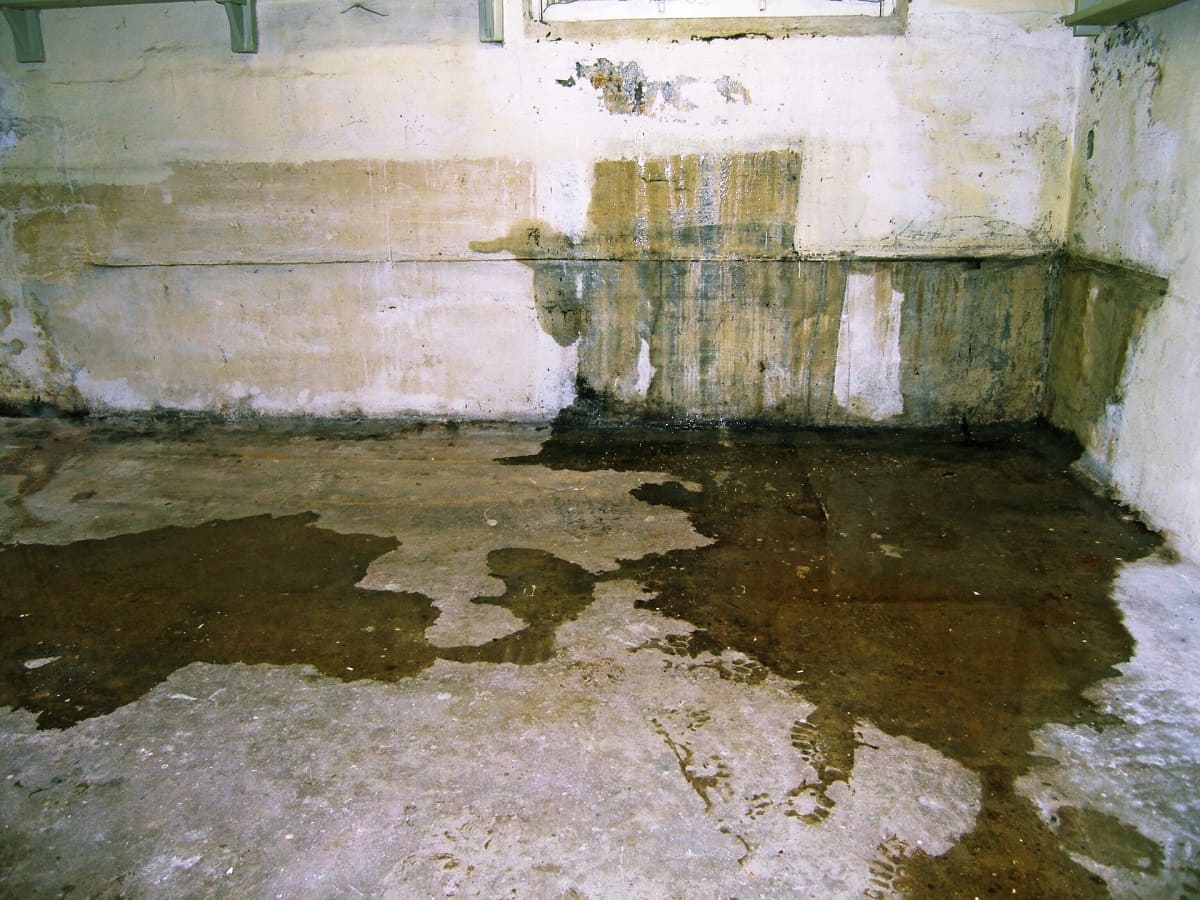
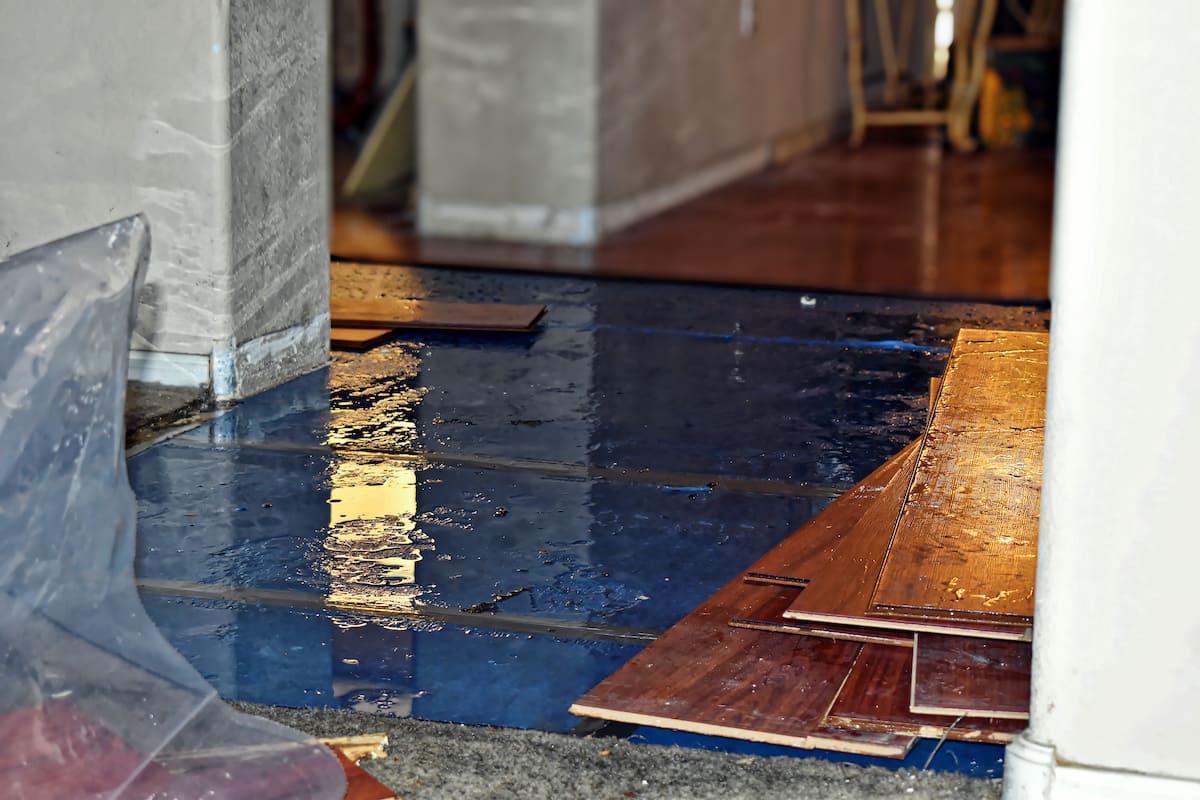
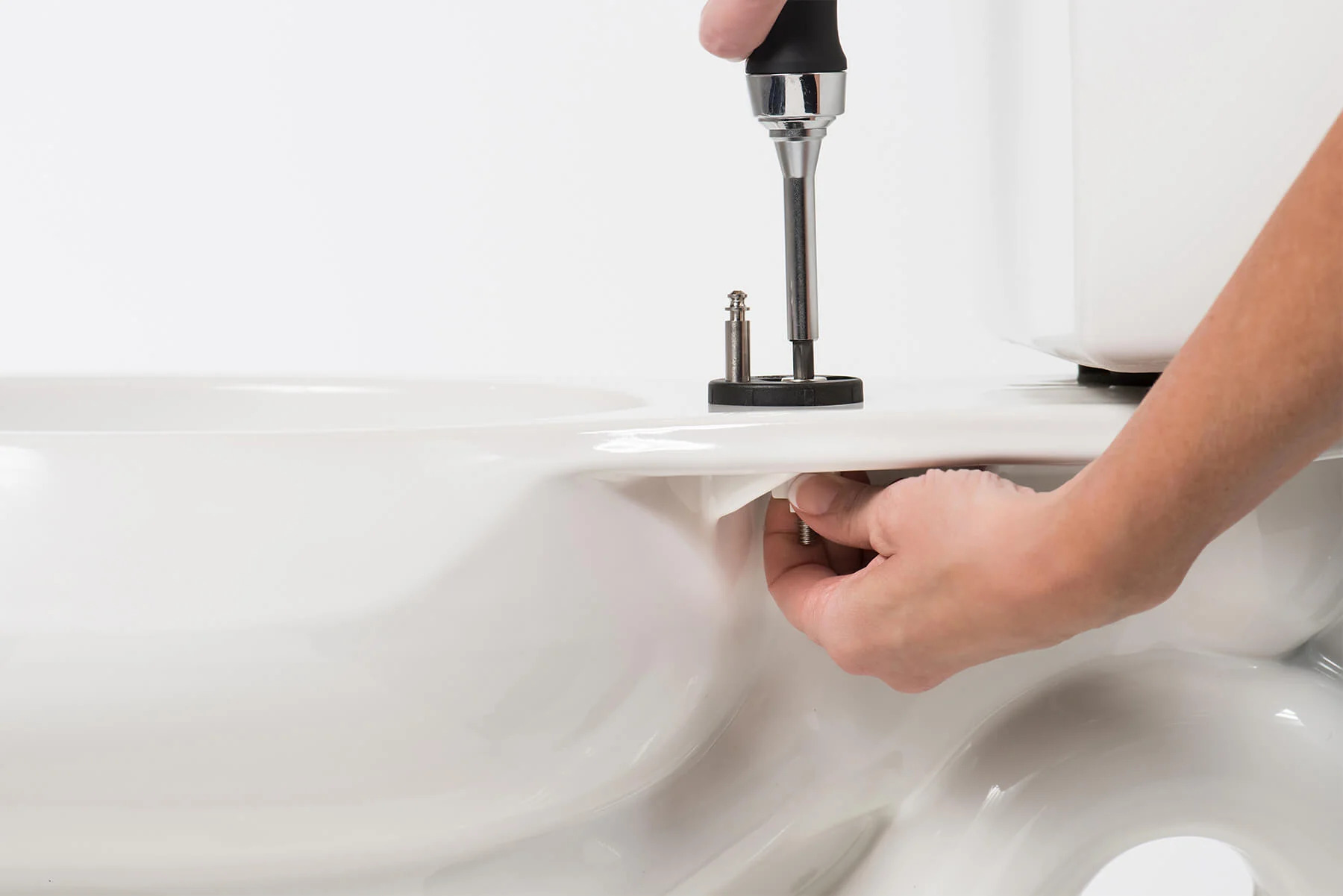
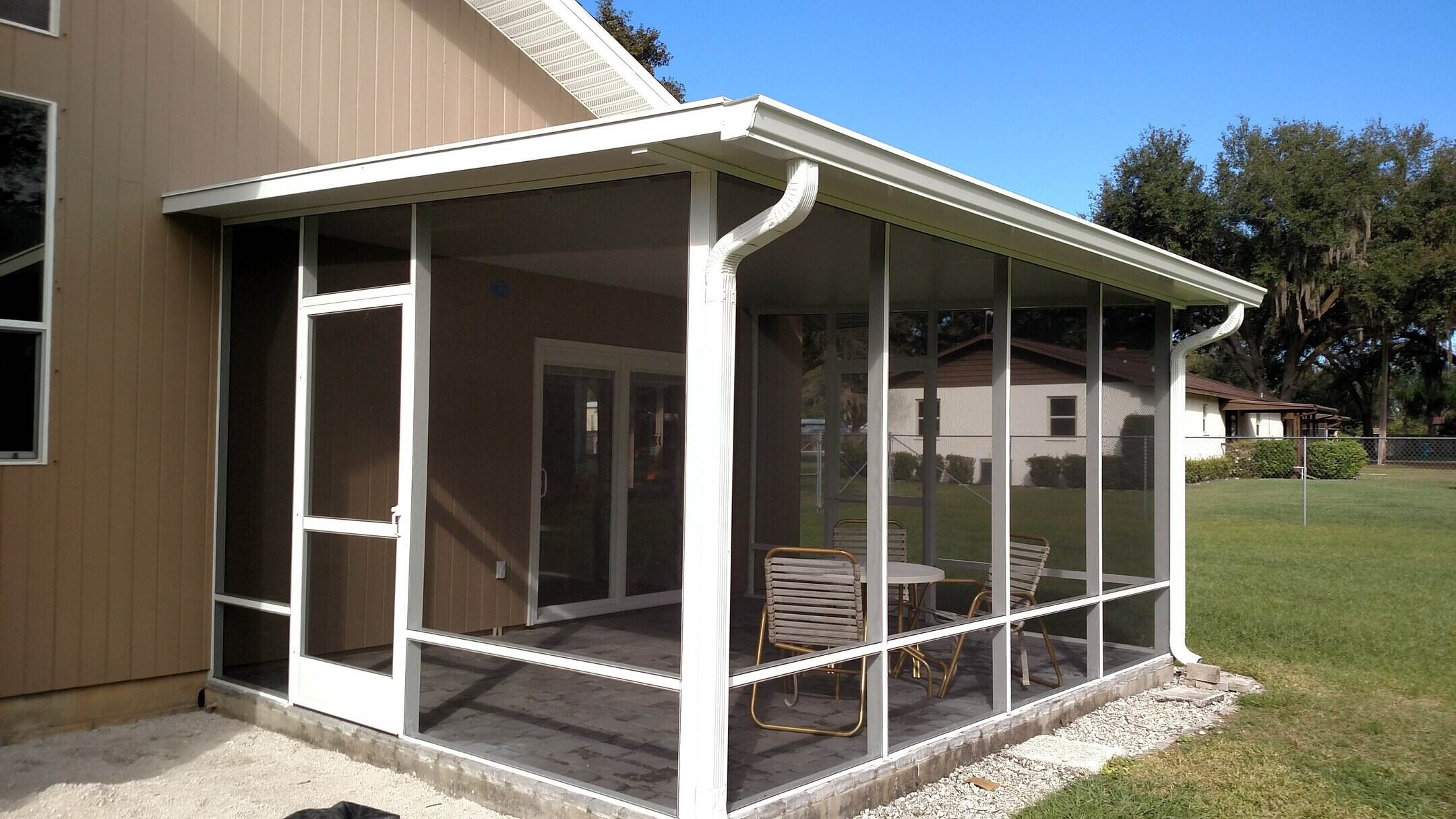
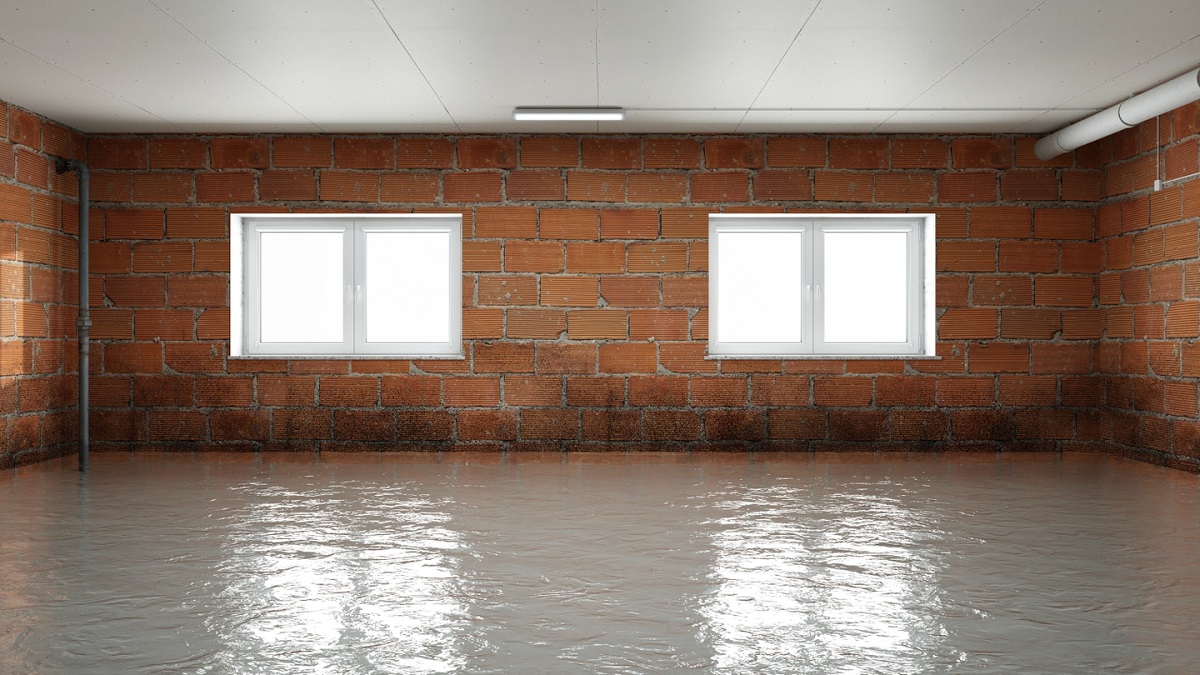
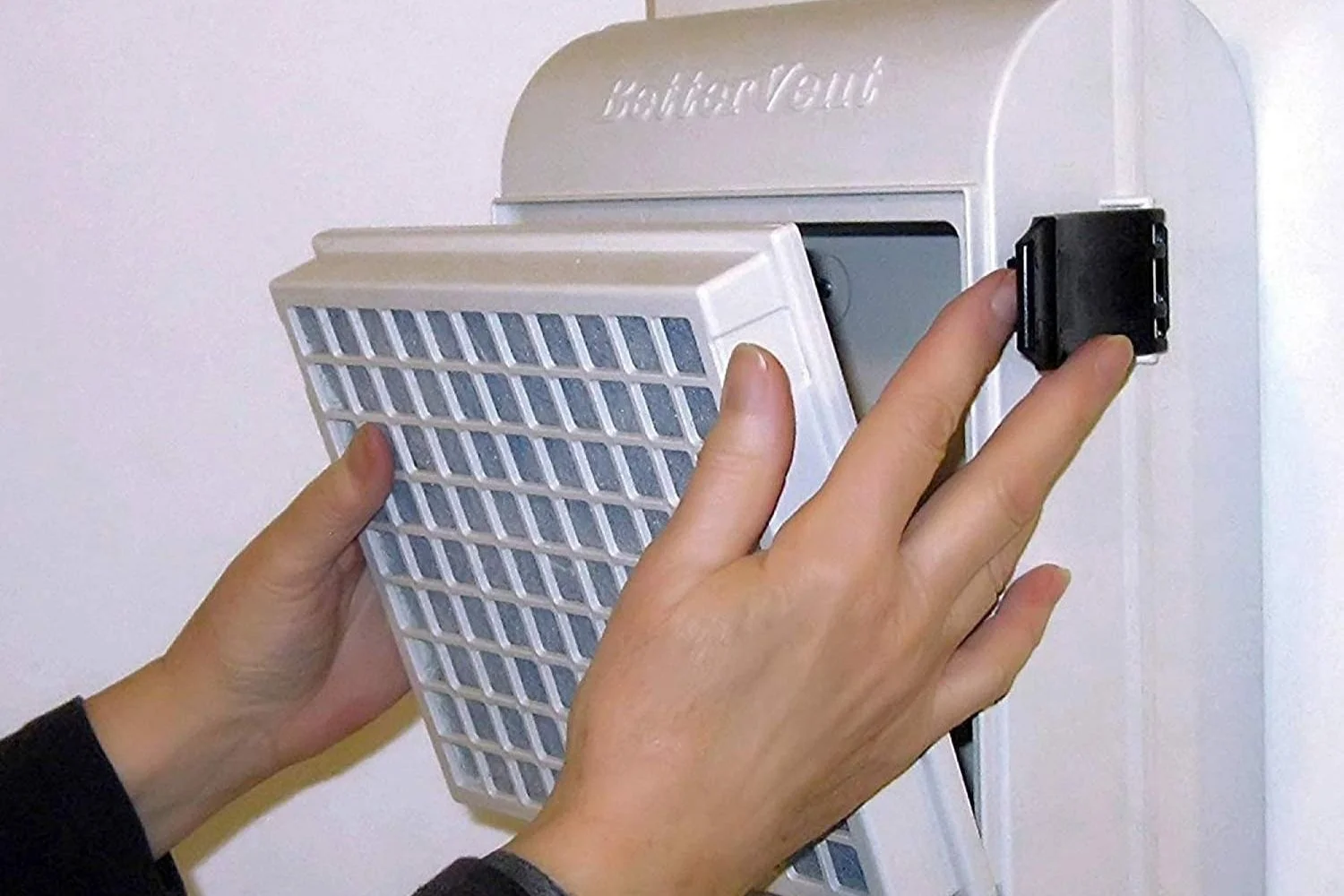
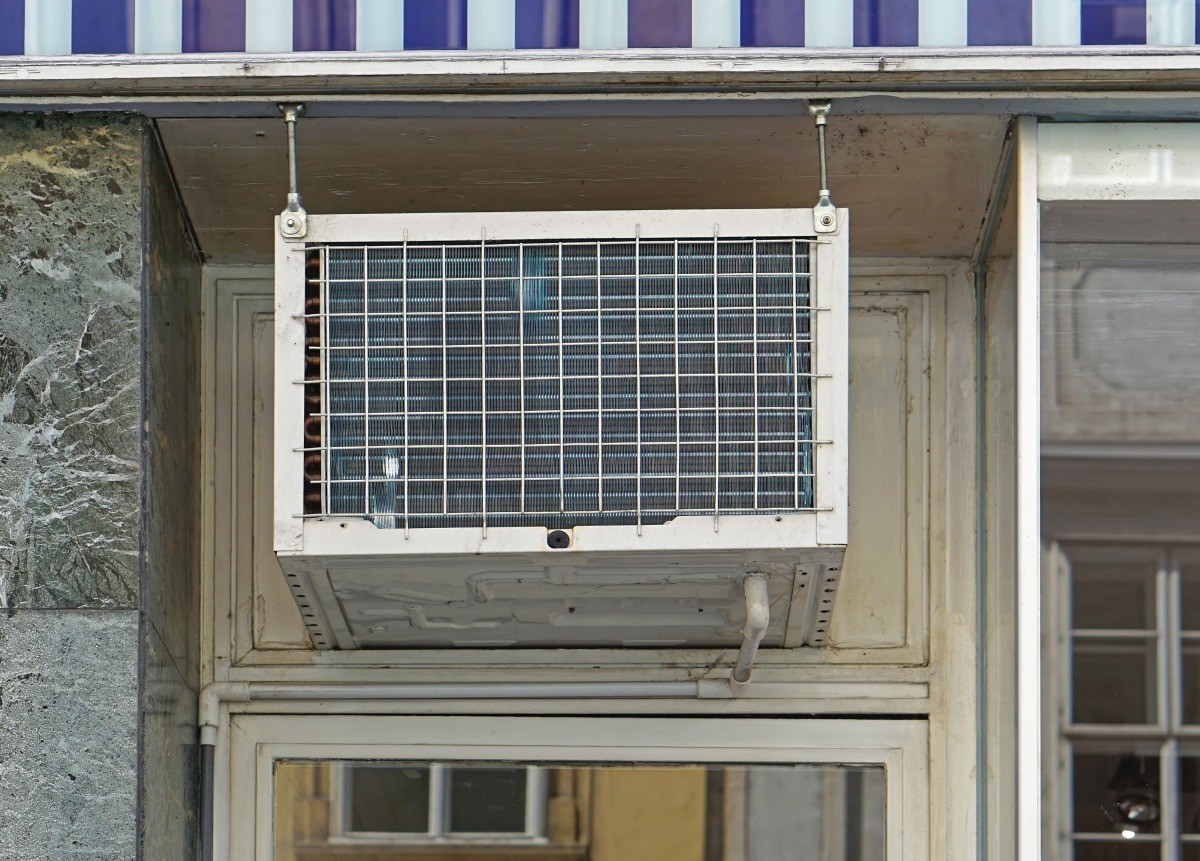

0 thoughts on “How To Stop Water From Coming Up Through The Basement Floor”